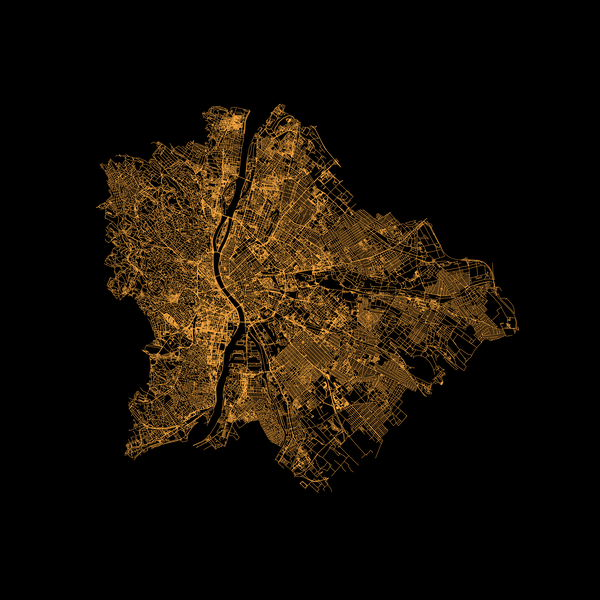We only get to see the undeservedly ignored Planetarium and Népliget (People’s Park) in quite a derelict state today, that is, if we even think of visiting them – in spite of all this, they would deserve a brighter future and much more attention. Welcome to the next stop of the walking tours organized by Othernity and Contemporary Architecture Center.
Astronomy is one of the oldest disciplines, which has also influenced the evolution of other fields of science. The infinity of space, the position of planets, exploring the sky and discovering the various constellations not only amazes scientists: many children and even adults find it fascinating. Ágnes Jancsó, an associate of Lechner Knowledge Center also started our tour with a childhood memory. “There comes a moment in the life of almost every child when they want to become either an astronaut or an astronomer” – she commenced. Ágnes’s first memory related to the Planetarium goes back all the way to an elementary school trip, about which she mainly remembers the colorful, phosphorescing stickers portraying planets, available for purchasing in the lobby of the building. But as we later got to found out, the building offers much more.

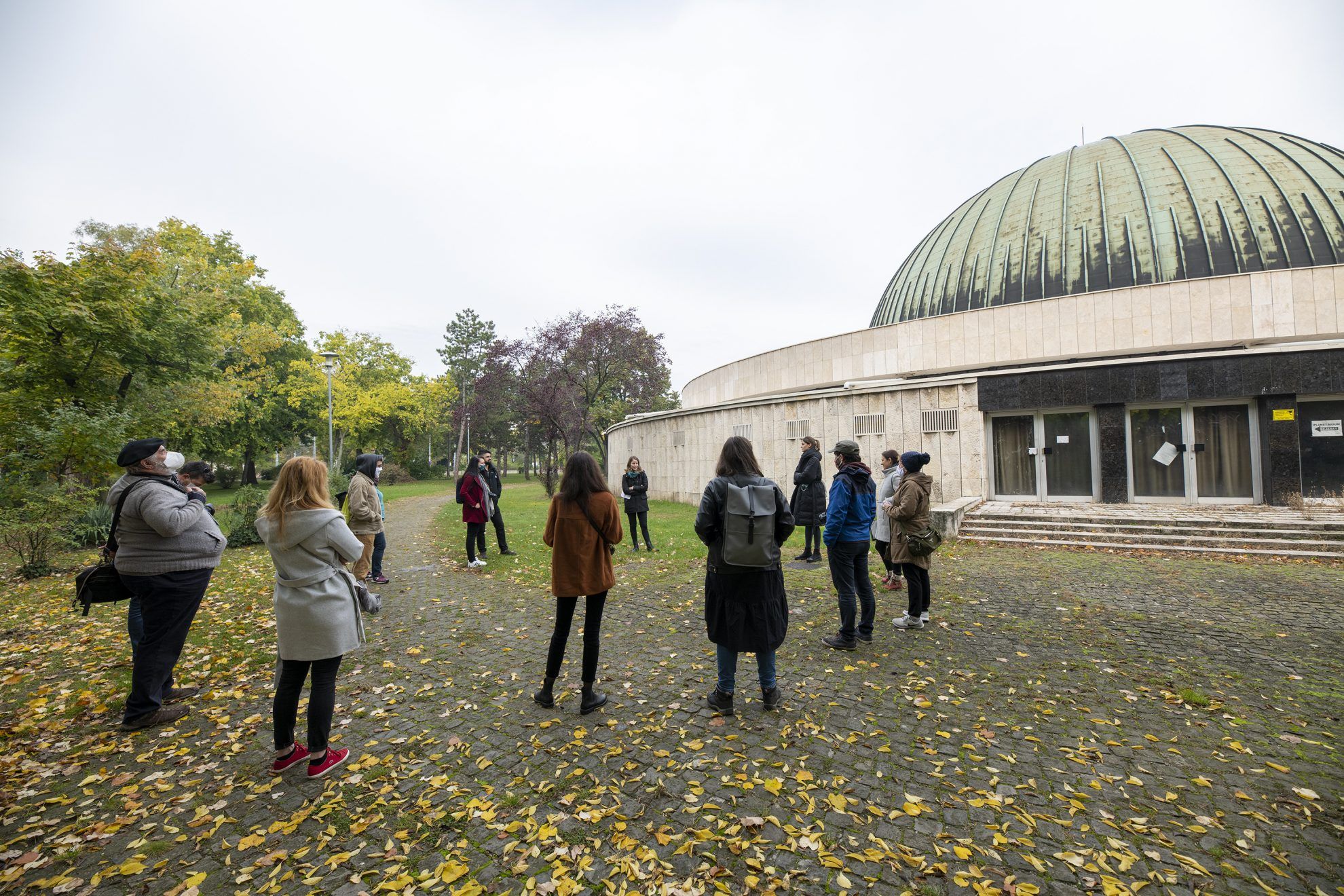

The architectural plans of the Planetarium were made in 1973 by László Lux and Tamás Tömöri. Hungary’s first big planetarium opened its gates on August 20, 1977. The lobby of the building with a circular floorplan was suitable to host approximately 800-900 visitors, while its projection room had a capacity of 500 guests. The latter was complemented by a dome with a 26 meter diameter and a projector weighing 2.5 tons.
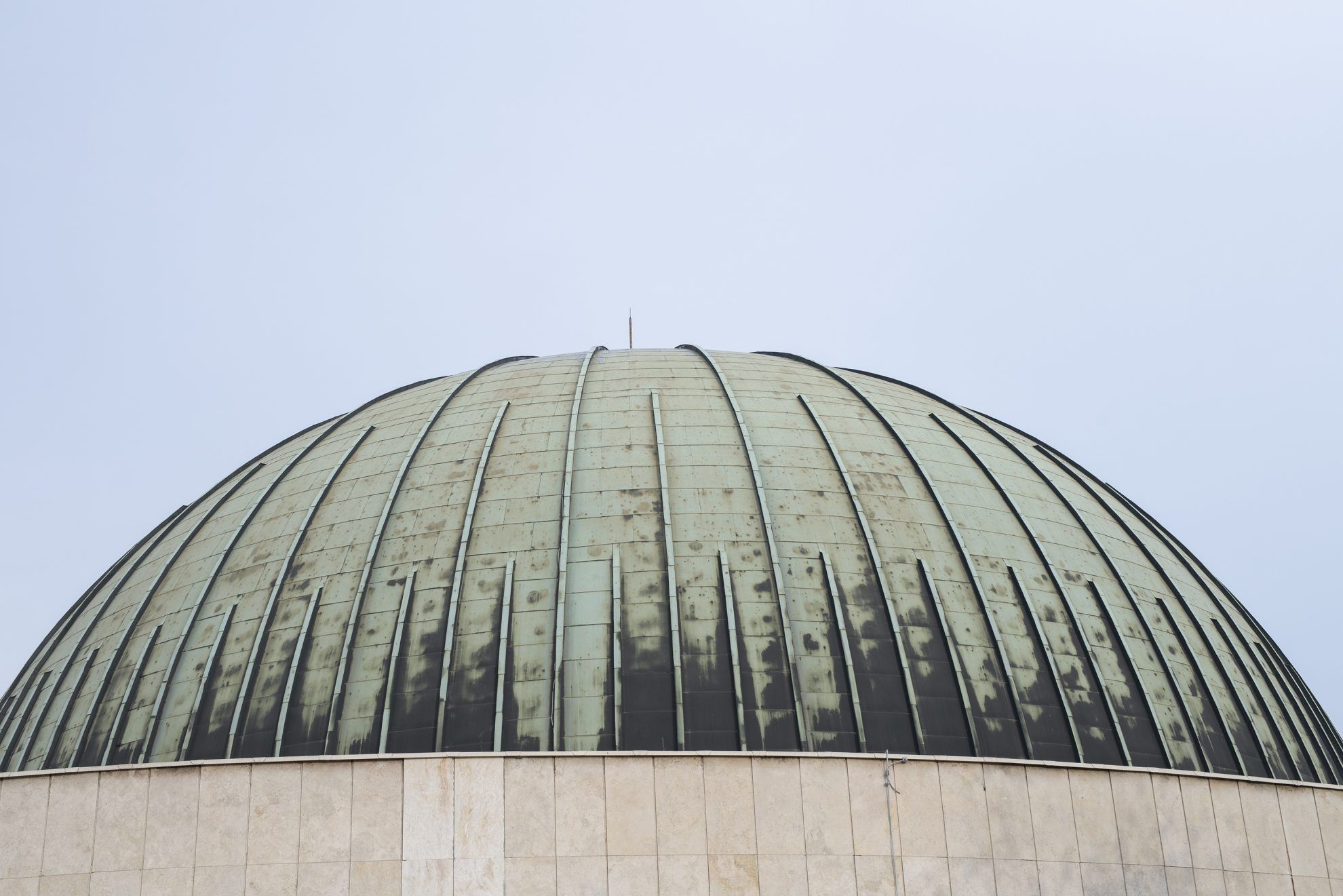
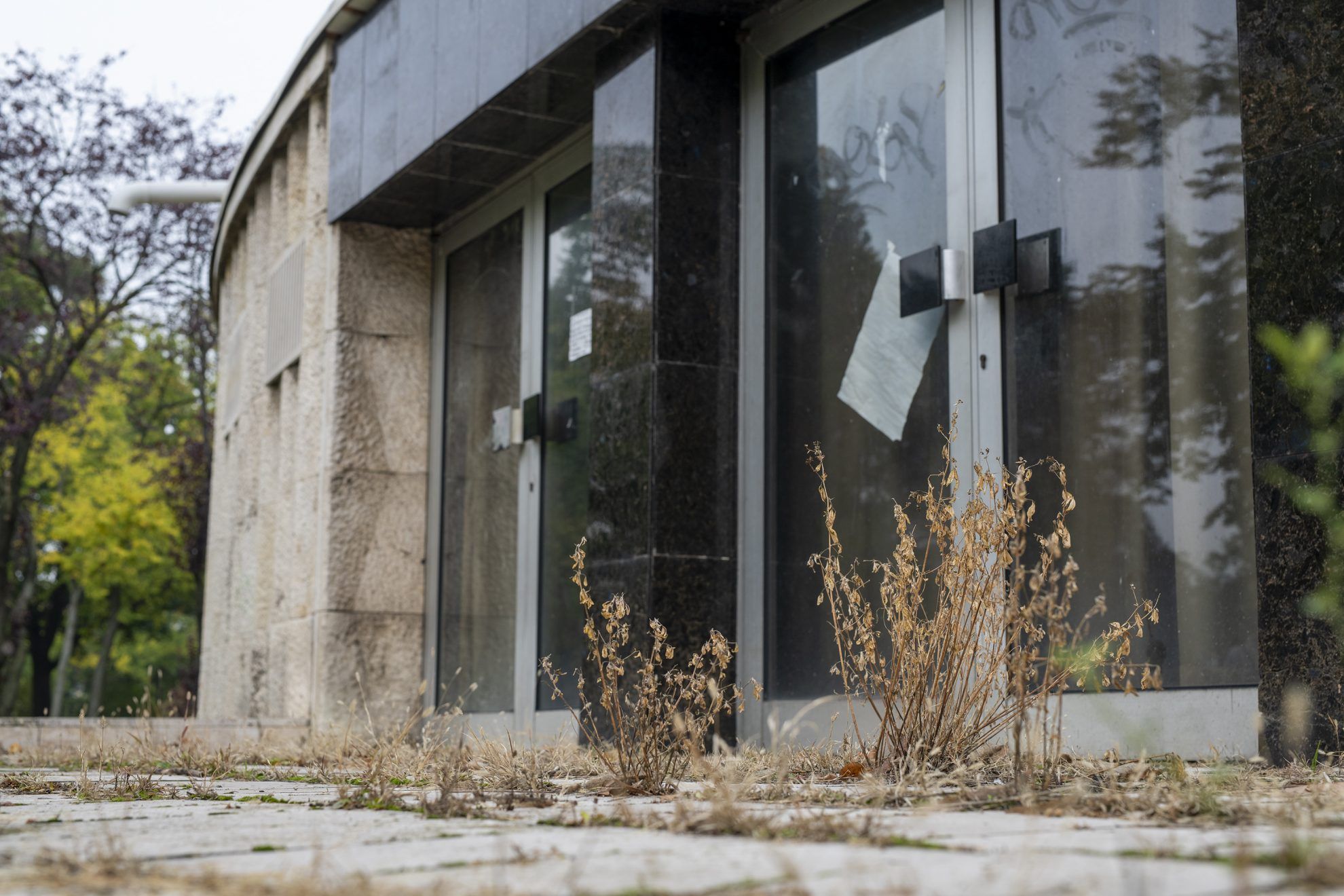
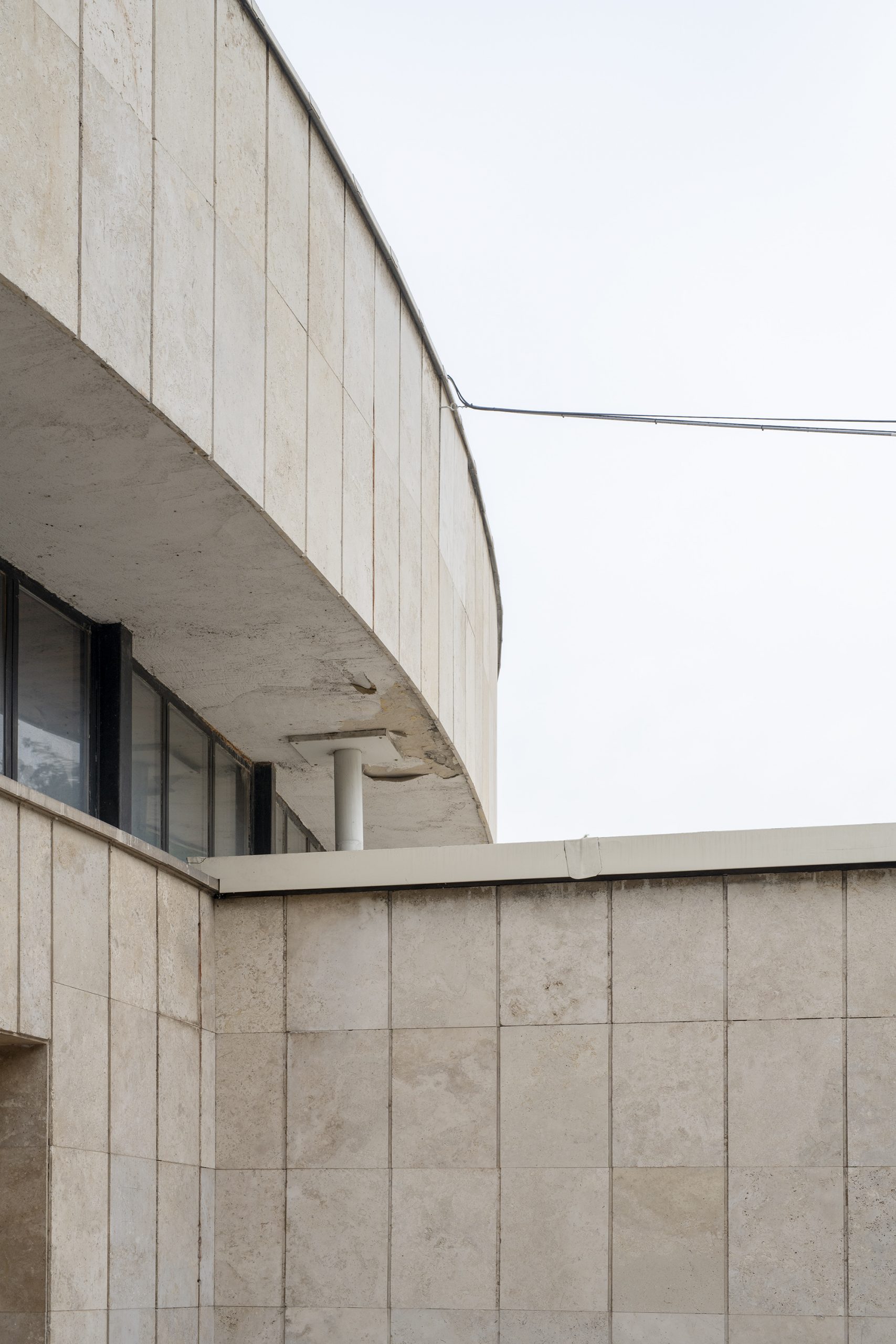
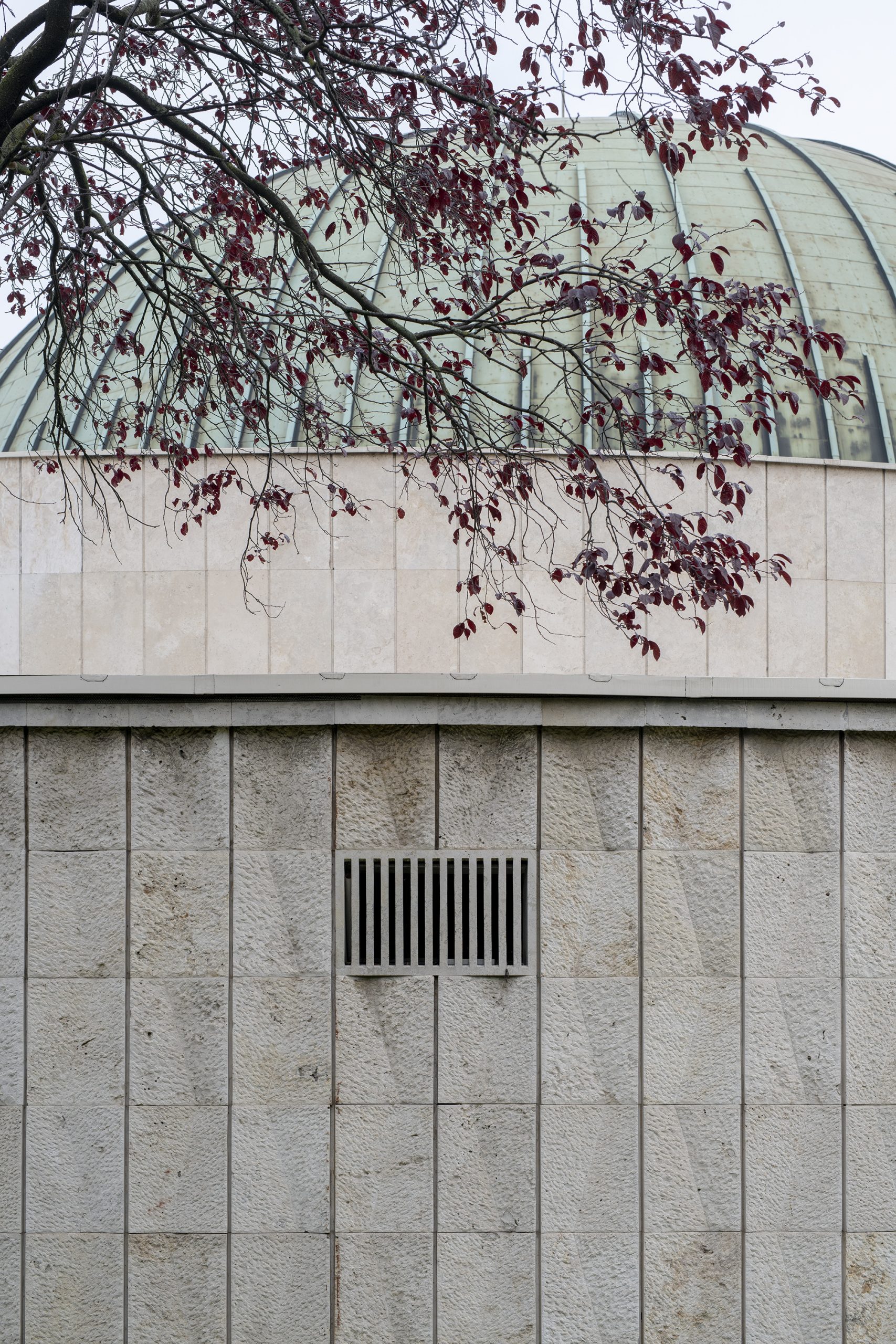
A fun fact about the Planetarium is that it did not have a telescope: the cosmic image of the sky appeared on the inside of the dome with the help of a Zeiss Universal projector equipment. With its help, visitors could gaze upon almost 8900 stars. The first director of the Planetarium was astronomer-historian Aurél Ponori Thewrewk between 1975 and 1981, who even designed a sundial above one of the entrances of the building for its tenth anniversary.
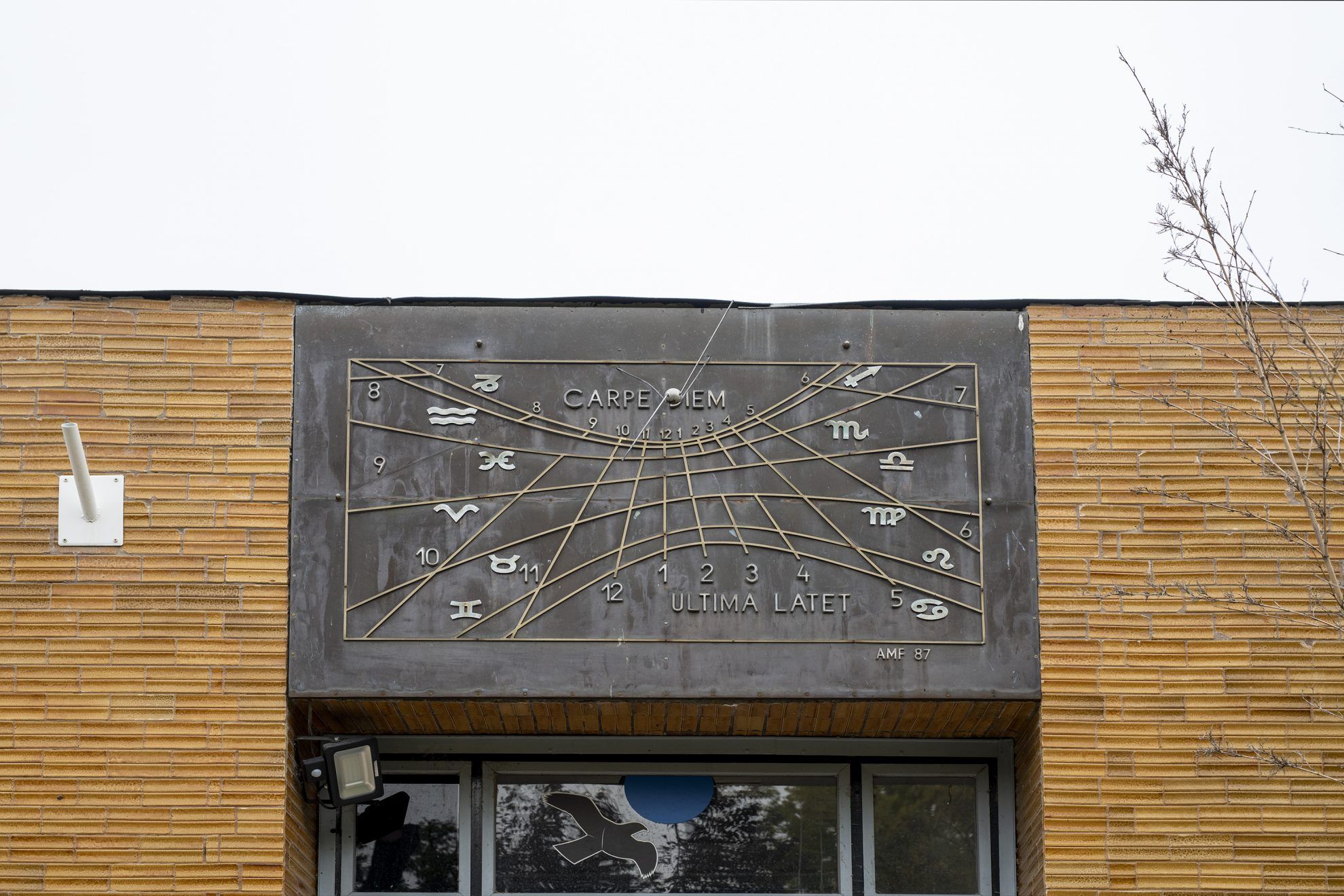
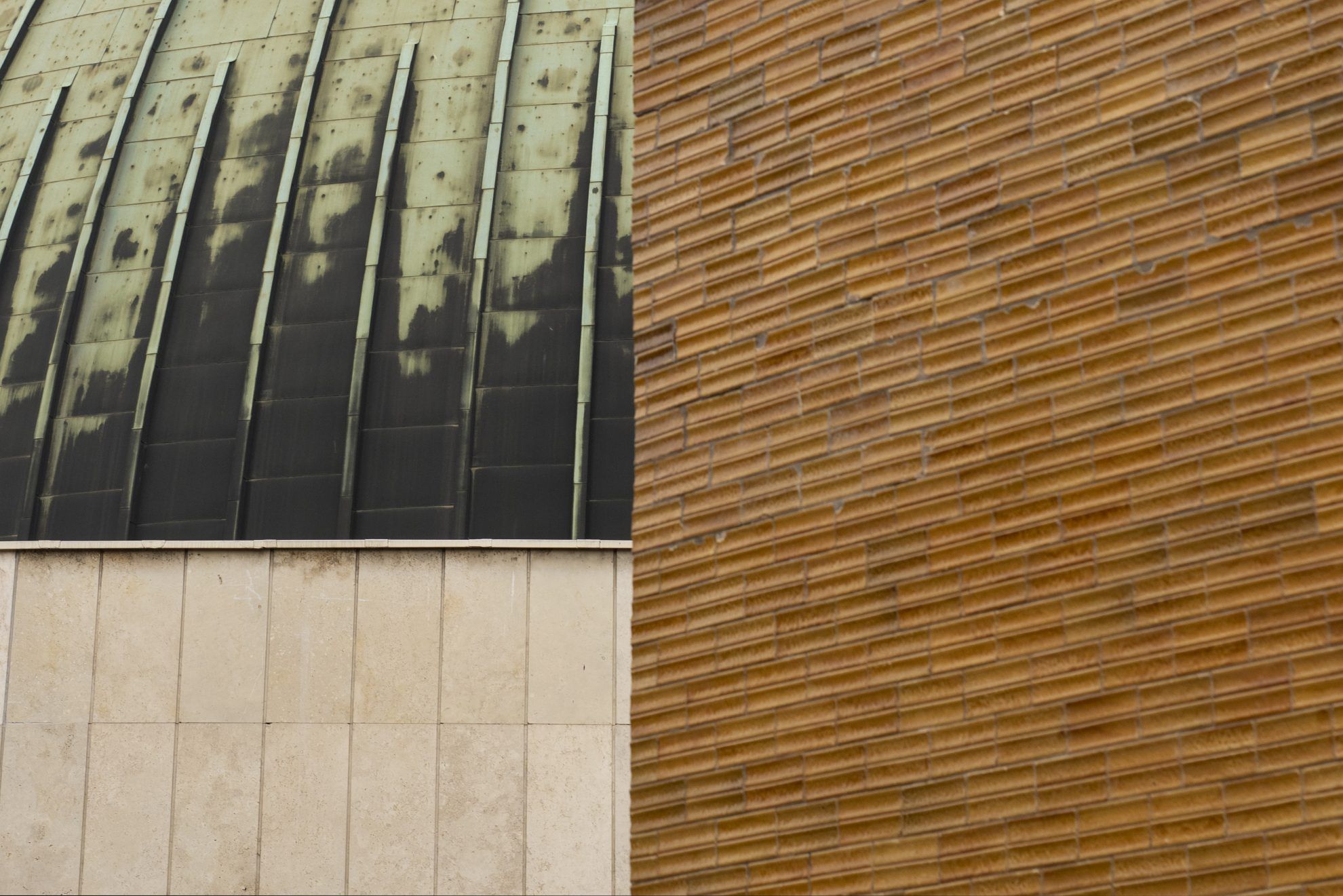
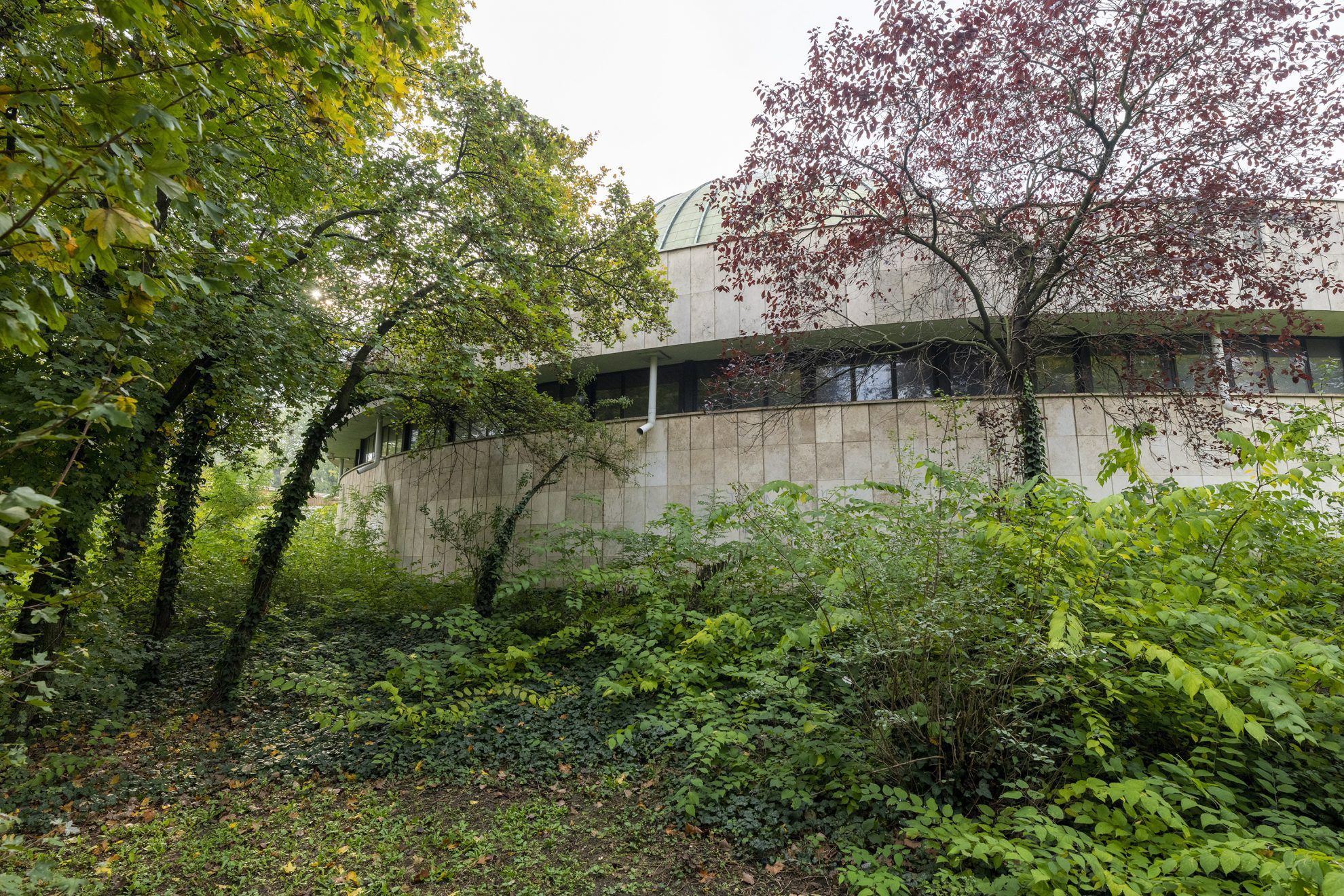
According to Ágnes Jancsó, in its first year of operation the Planetarium was almost always full and welcomed guests with diverse programs, while also carrying out a significant educational work. However, on June 17,2017, the Planetarium was closed indefinitely. The fate of the slightly utopian and cosmic Socialist building also parallels with the fate of the park surrounding it.
Népliget situated on the area confined by two high-traffic roads (Könyves Kálmán körút and Üllői út) and a railway track is the largest public park in Budapest. Despite the fact that it offers an isolated, oasis-like shelter in this mainly noisy environment and gives home to a the rich and valuable flora, it has been stigmatized for a long time: as a stepbrother of Városliget (City Park) and Margaret Island, Népliget is the park “where decent people don’t go”– as it was also mentioned by Zsigmond Havas, the managing editor of Tolnai Világlapja magazine. On the mental map of the residents of Budapest, this negative perception traces back to the time when Népliget became a public park: the participants of the walk could learn more about the history, the past, present and possible imagined future of “sinful” park with the help of Viktória Dóró, a journalist focused on sustainability.
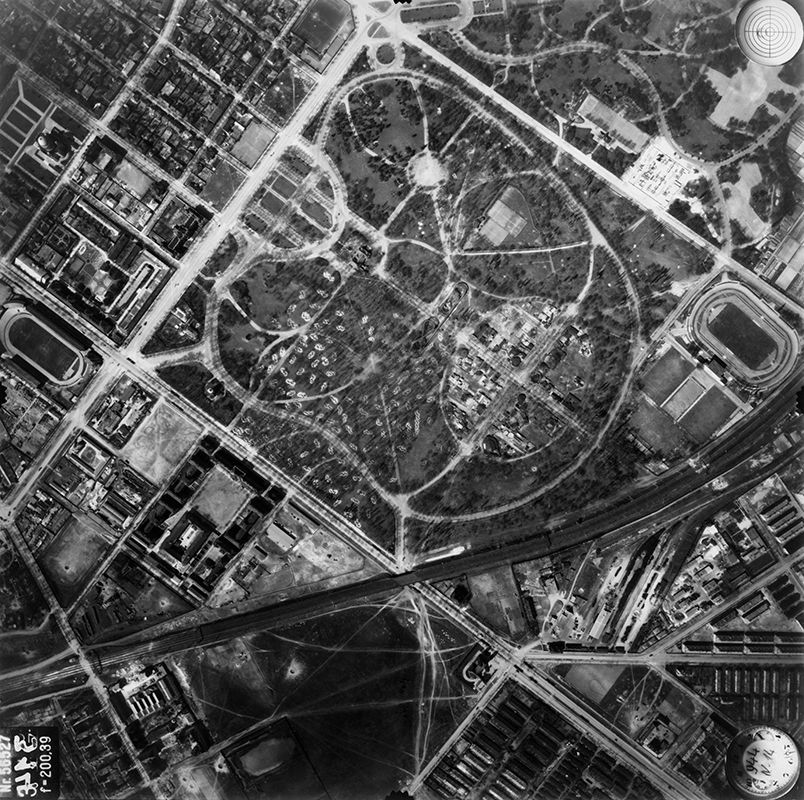
Népliget did not only have “enemies”, but friends, too, who ensured the improvement and maintenance of the park as well as the preservation of its botanical life. The group Népliget barátai (Friends of Népliget) was founded by László Pesti, the former head gardener of the park, who was also its greatest fan at the same time: in addition to many improvements, we can thank him for installing the Sétáló Naprendszer (Walking Solar System) designed by astronomist András Mátis – which was the next stop of our walk.
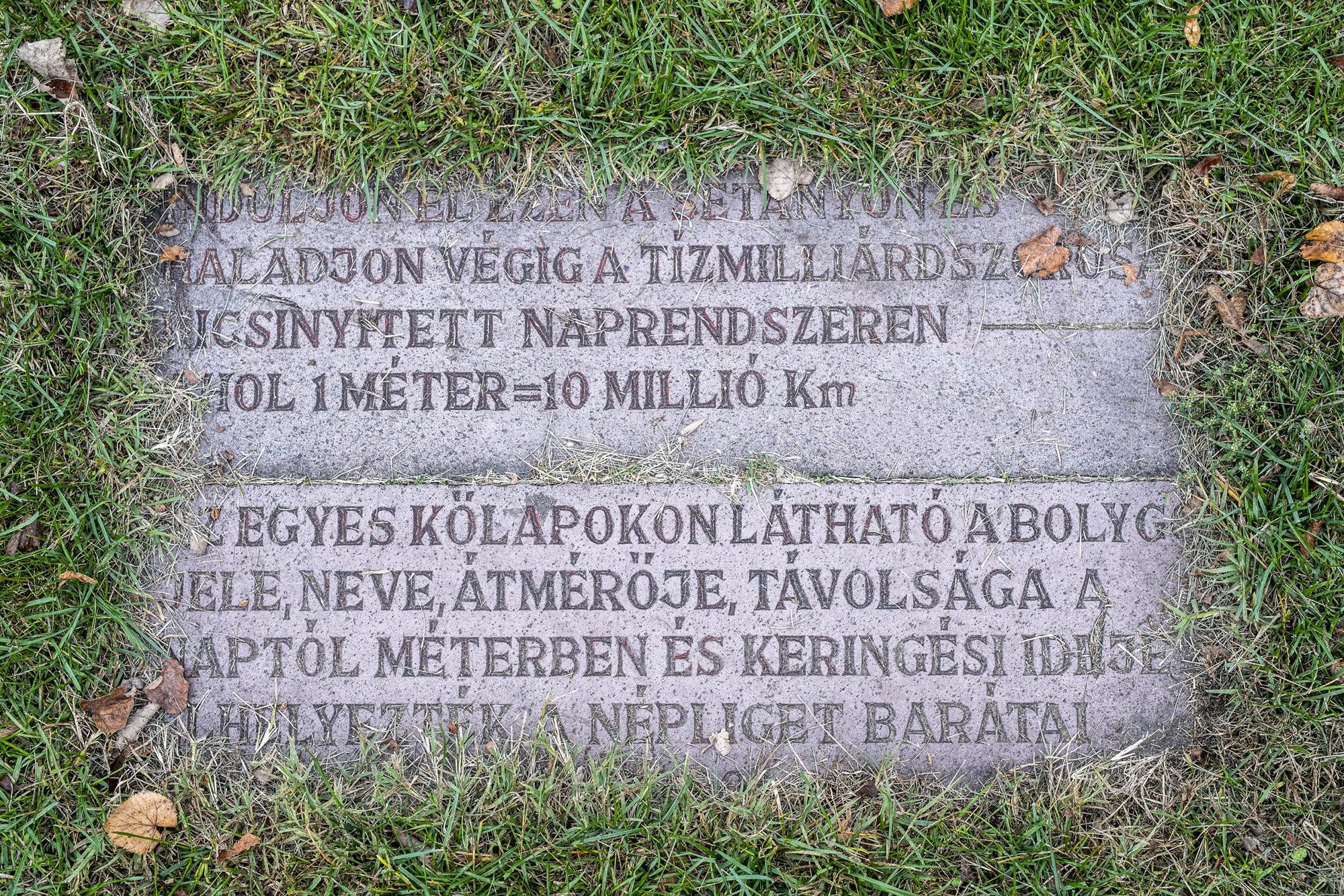
Several stone blocks were placed near the Planetarium, which all form a 1 to 10 billion ”scale model”, showing the distance between the planets of the Solar System and the Sun. The small stone blocks tell the name of the given planet, its sign, diameter, orbital period and its distance from the Sun. The full length of the Walking Solar System is approximately 650 meters, with one step symbolizing six million kilometers.
We can not only thank László Pesti for the blocks of stone sunken into the ground and engraved with informative signs, as he also named the routes and promenades of the park.
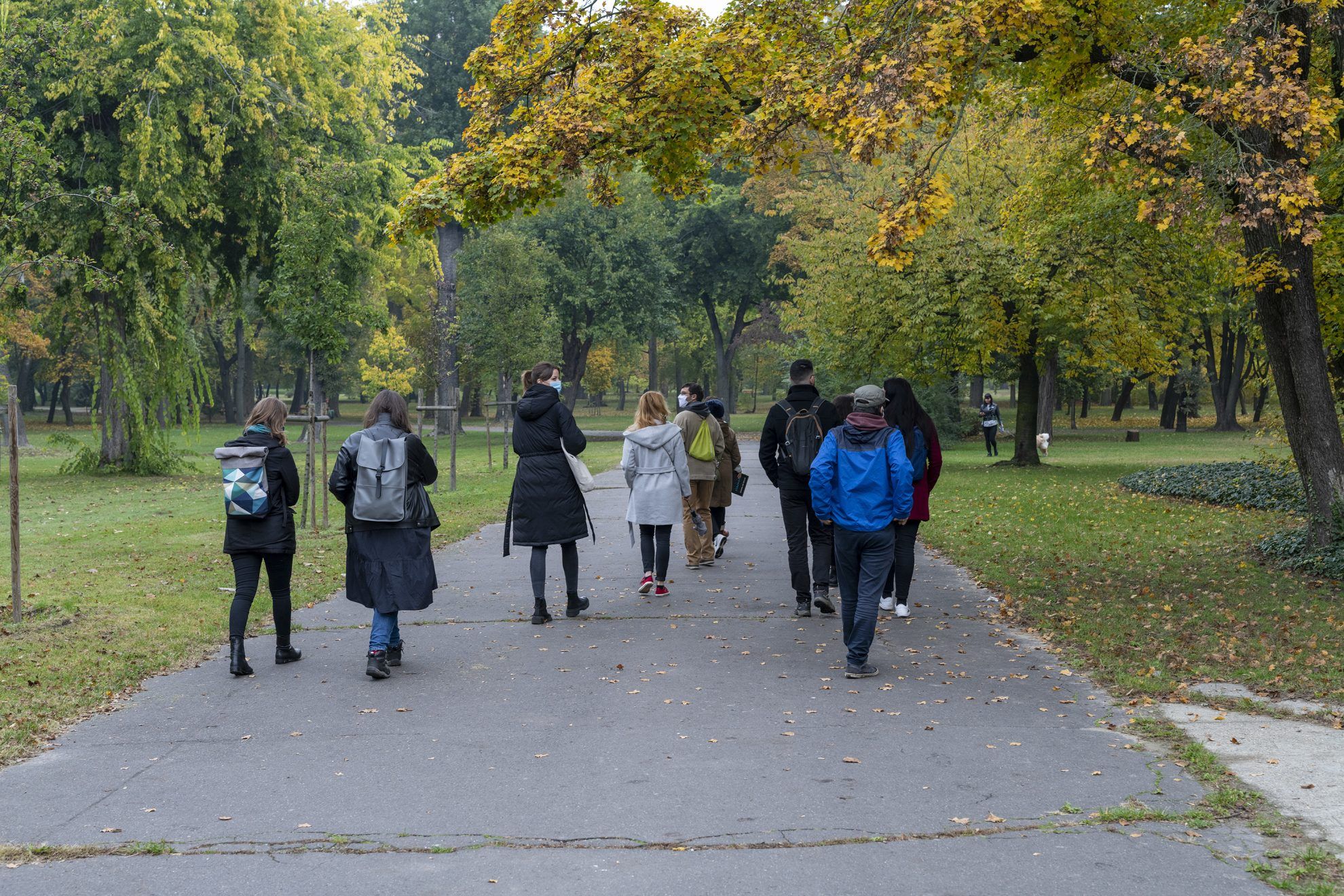
Perhaps one wouldn’t think so, but over the more than 100-year history of Népliget, it had many functions – unfortunately these are either long gone or we only get to see traces of them today. After walking through the solar system through Ifjúsági sétány, we arrived to the first spot of the kind, overgrown with plants, where the former Népligeti Nagyvendéglő (Grand Restaurant of Népliget) also known as the Pesti Sörház (Beerhouse of Pest) used to stand. The villa-like restaurant opened its gates in 1895, and was the largest catering unit of the capital in its glory days, offering leisure and pleasure for more than four hundred people.
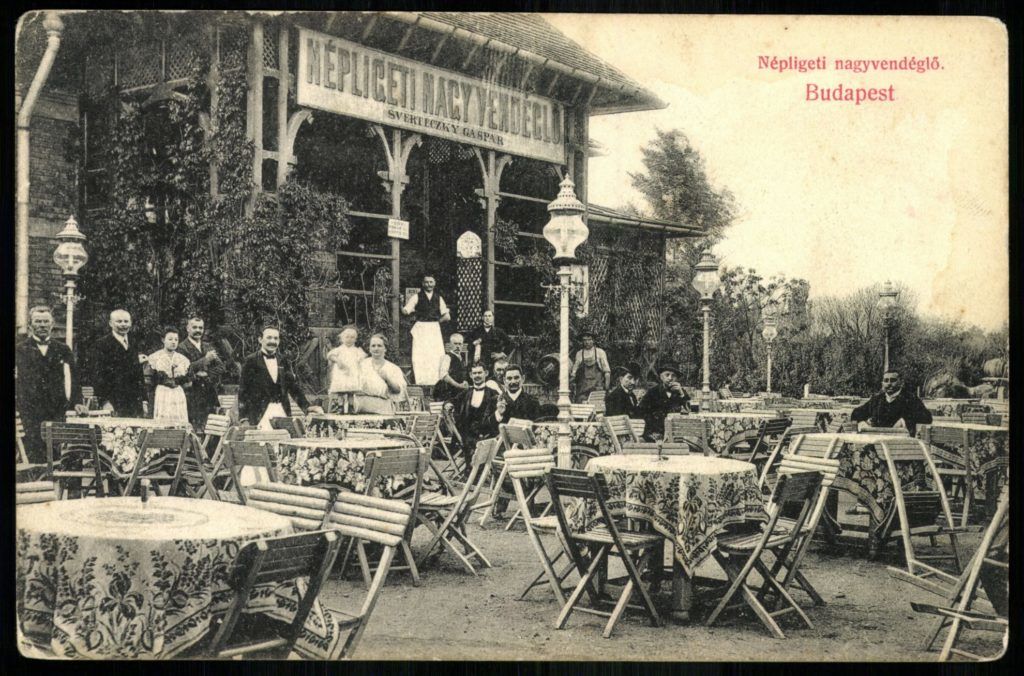
Its first tenant was Mihály Heinzel, replaced by Gáspár Sverteczky from 1900, who was followed by Gyula Róna from 1909. The continuous change of tenants also shows that the operation of Nagyvendéglő wasn’t seamless from the beginning – also demonstrated by a police report from 1897, calling the attention to land use problems resulting from lack of sewage system:
With all due respect, I would like to report that there are two pits imposing a threat to public health at the Beer Hall in Népliget, in the yard and outside of the same, where visitors walk. One for the outhouse of building in the yard , and another for the dirty water outside of the fence. These two pits often fill up, and then the thousands of visitors must pass them by covering their mouths and noses, especially on Sundays and public holidays.
In the fifties, however, the pubs and restaurants of Népliget were eliminated consciously, and thus the original function of Nagyvendéglő also came to an end. Later on it was used as a warehouse, and then its condition started to deteriorate and decline even more, until in 2018, the building subject to monument protection was finally demolished completely.
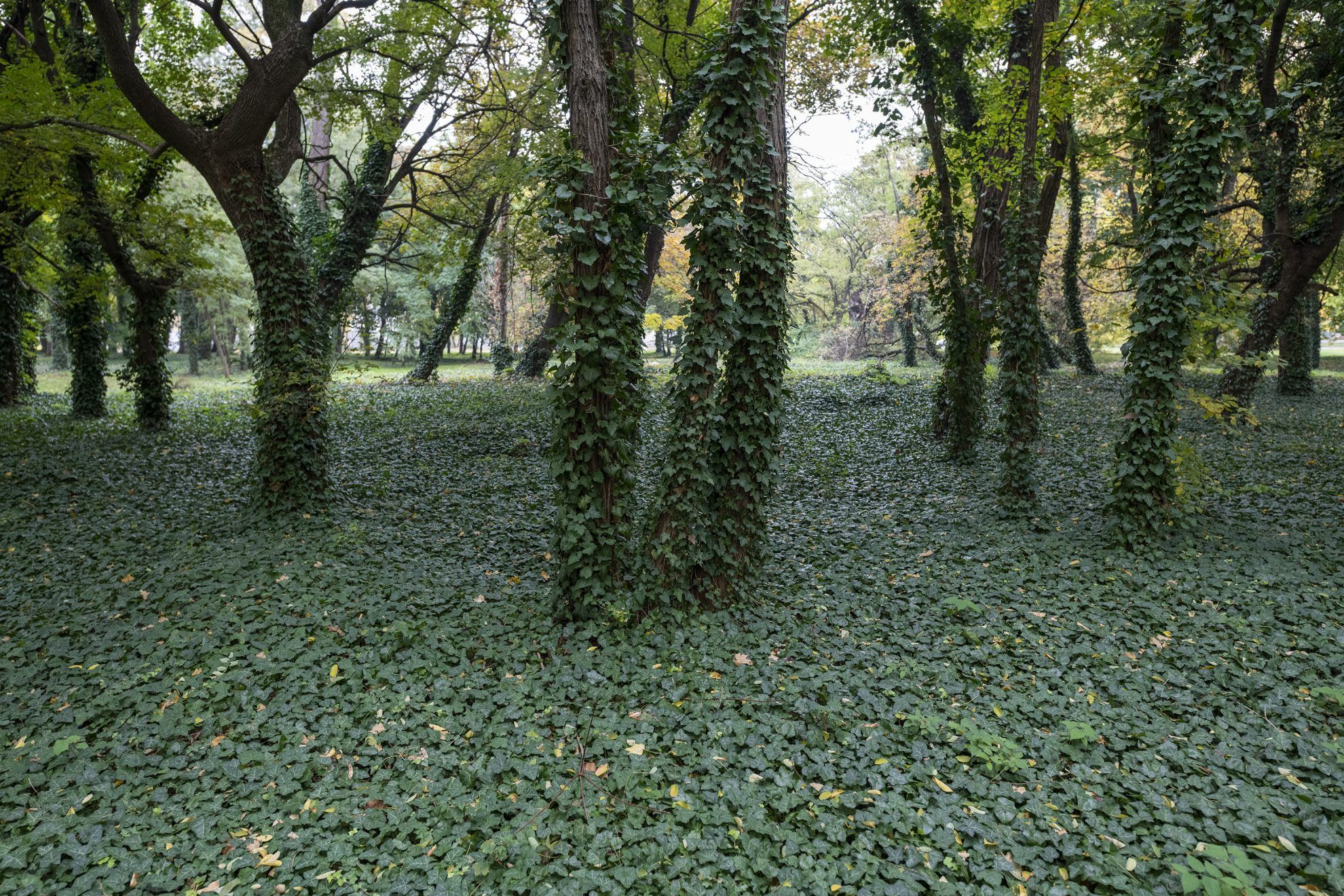
The former Mutatványosok tere, the amusement park accessible via the main axis of Népliget shared a similar fate. The majority of performers came here when the area of the amusement park in Városliget was gradually narrowed down, as a result of which the entertainment businesses relocated to Népliget in the early 1910s. This is how one of the most lively and dominant elements of Népliget came to life, featuring pubs decorated with colorful lanterns, a cinema, a theater, a cave ride, circus, dodgem, carousels, Ferris wheels and puppet theaters. This is where the so-called sleigh rail was installed, looking quite dangerous for the first glance, which was practically a large slide, on which brave ladies and gentleman could slide down in sleighs. The performers operating at Mutatványos tér entertained the audience here until 1950. The area was severely damaged by bomb hits in 1944, even though a few performers kept working in spite of the damage. In 1967, all of them vanished except for the building of the puppet theater.
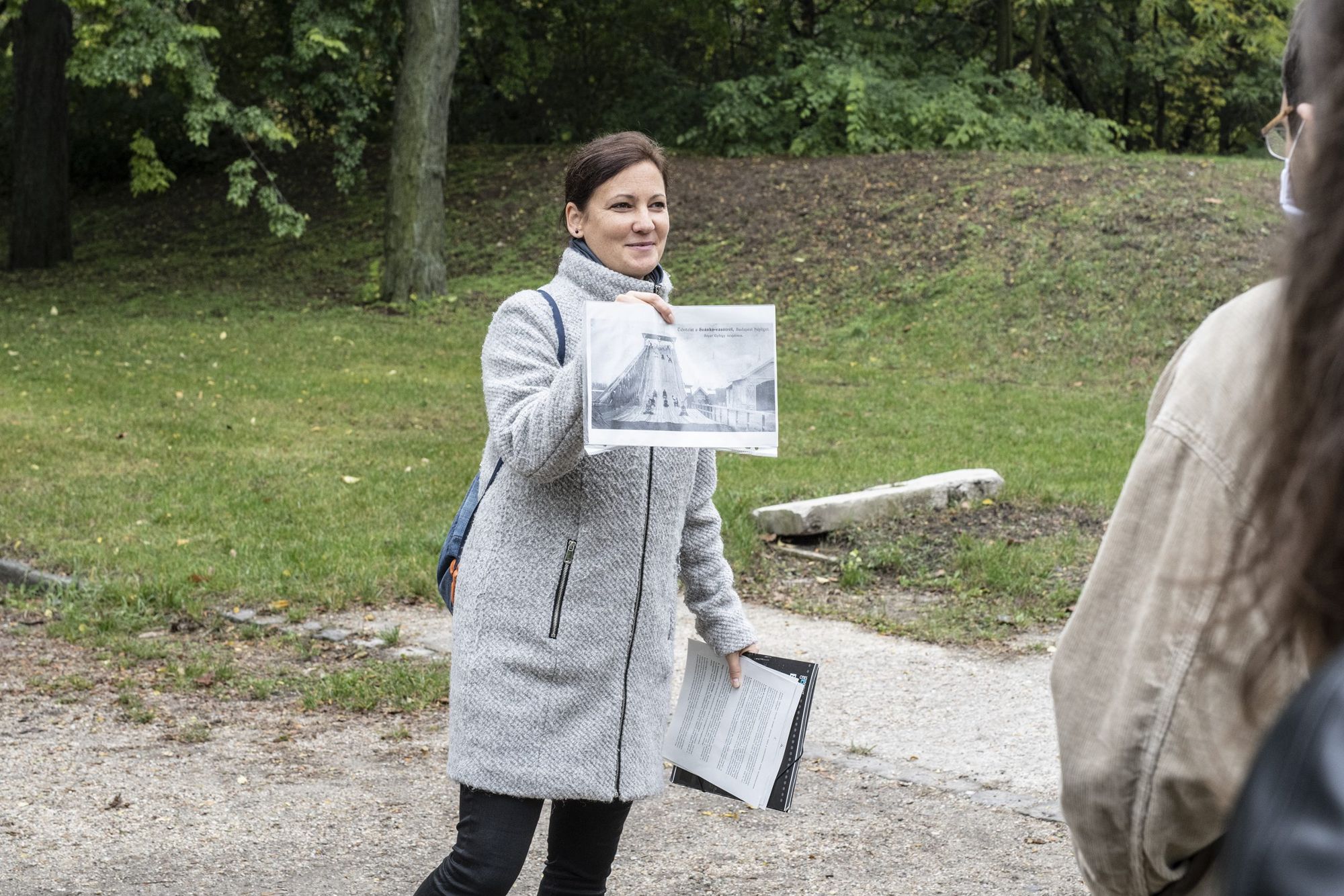
The building of Főkert is located a few steps away from the former Mutatványosok tere, where Viki Doró commemorated head gardener László Pesti and puppeteer Henrik Kemény in front of the two reliefs placed on the wall of the building. Kemény is mainly known for the character of László Vitéz wearing red clothes and a pointy cap, holding a frying pan in his arms, always ready for a fight. His famous puppet theater standing empty for many years was declared a monument of cultural history, but in 2011 the wooden-structured building burnt down completely – thus the last remaining memory of Mutatványos tér was gone, too.

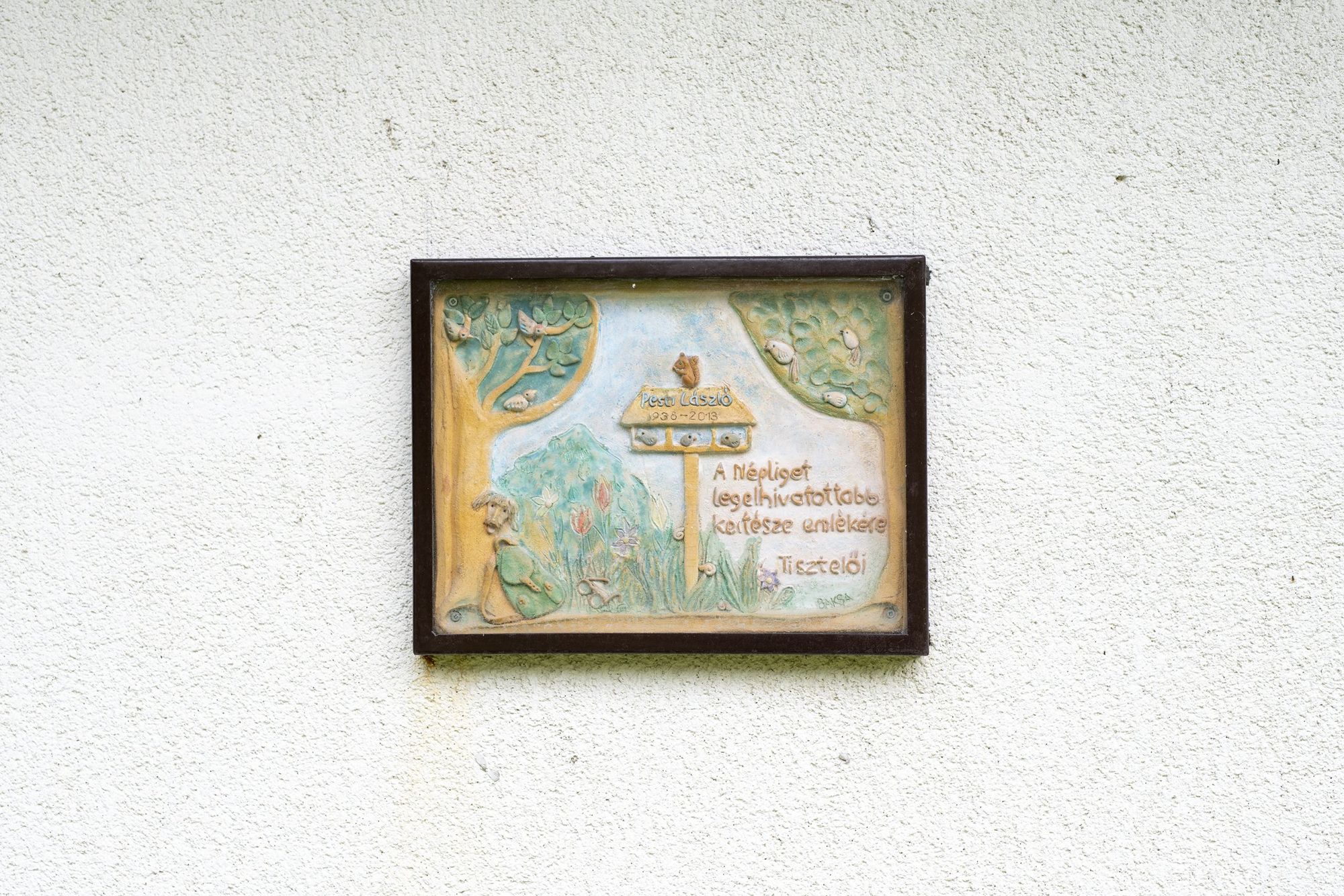
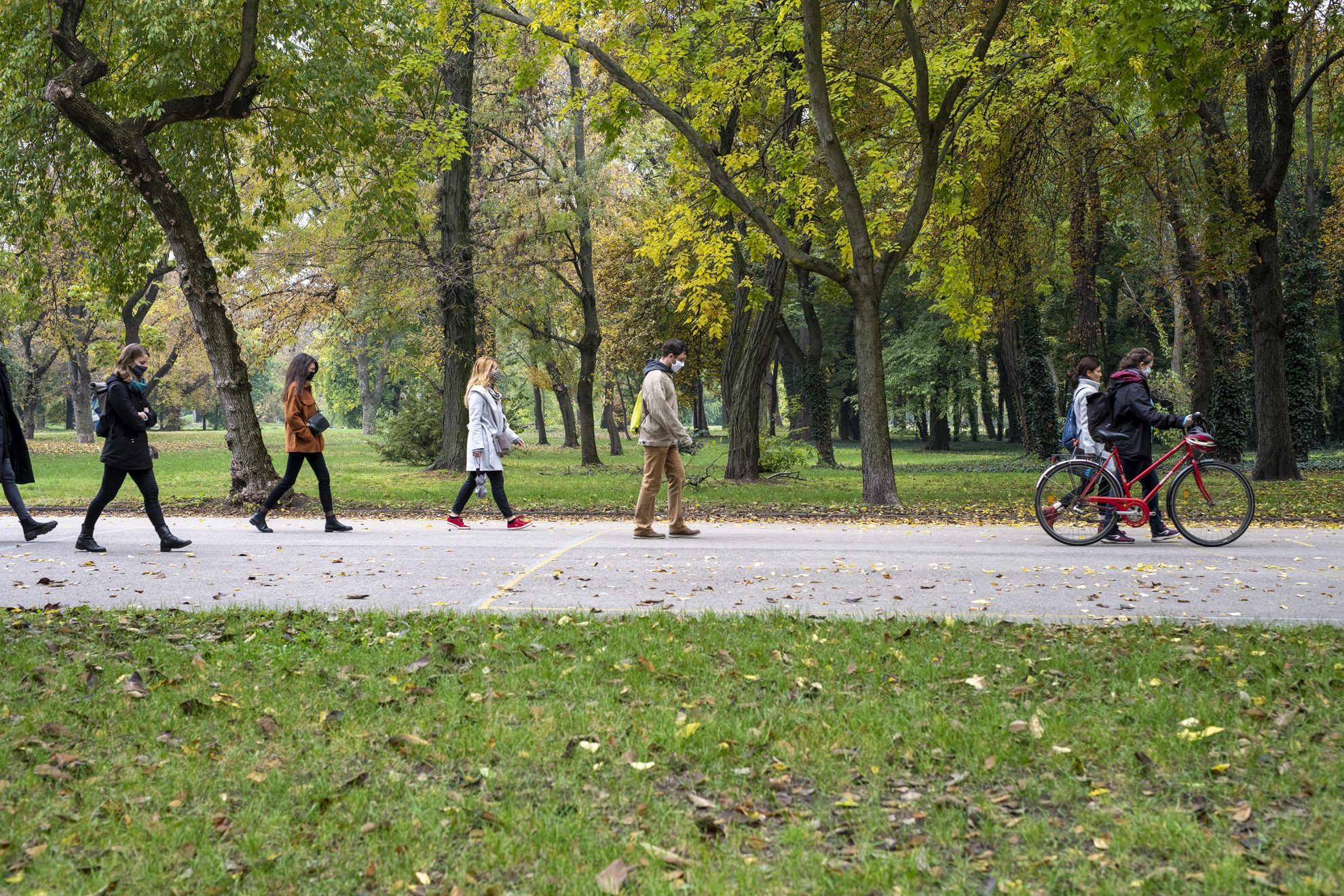
Several monuments and statues used to stand in the park in the glory days of Népliget, together with other facilities of different functions, including the tennis court of Telepi Torna Egylet, today known as Építők Sporttelep, but the first Hungarian Grand Prize was also held in Népliget. The legendarily twisty track suitable for car and motorcycle races was built back in 1920, and was used by a racing car in 1972 for the last time.
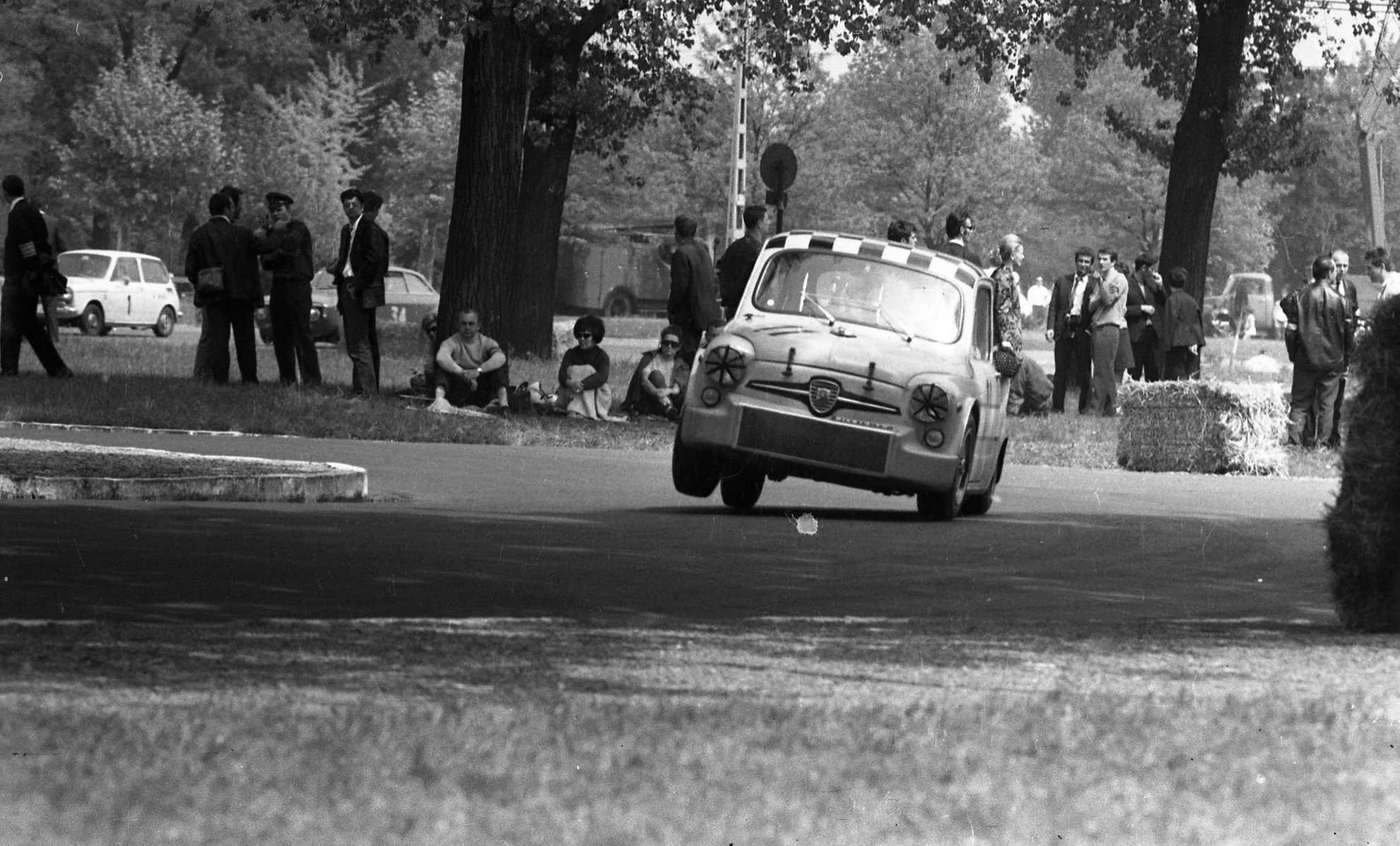
As Viki Doró also called our attention: one could also think that the wide road left behind could be used well by people learning to drive or ride a bike, owing to its cracked asphalt cover and deteriorated state, it’s no longer safe for use.

The image of Népliget is as a matter of fact much more negative than it should be. As it turned out during our walk, loss of function has continued throughout the history of the park. Currently it is mainly used by dog-walkers or runners, who would like to preserve the park’s current untouched and isolated nature by all means. However, the revitalization of the park is a more and more timely and relevant project, yet it is an interesting question how its development should be approached by making sure that its current users will continue to feel at home in it, and by also making it appealing for a new target group.
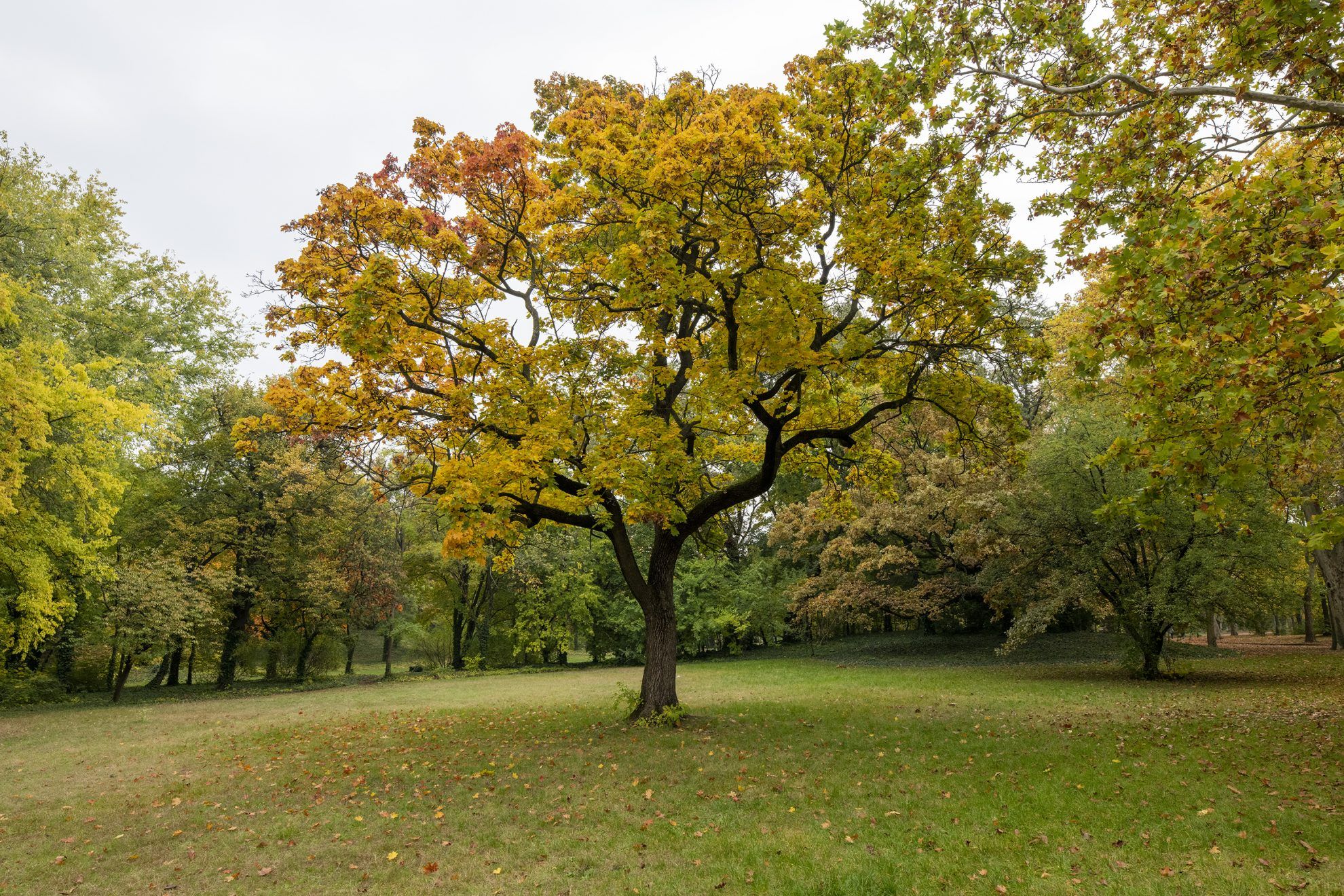
In the framework of the workshop titled „Társszakmák együttműködése a fenntartható városért” (Cooperation of Related Professions for the Sustainable City) held in 2016 and introduced in the last section of our walk, Viki Doró looked to answer questions like this by also involving the residents of the area. Several ideas were proposed at the forum that would target families with small children in the form of community programs, exciting concepts such as an educational path, a botanical garden or establishing their own composting plant were also formulated, but the creation of an agora for the purposes of outdoor education using natural materials and building a DIY center also came up. Freely accessible sports facilities and designing a new, unique visual identity for Népliget together with various merchandise were also proposed. (You can learn more about the detailed conclusions of the workshop here – the Ed.)
However, the question of when Népliget will be Budapest’s largest public park that is attractive and livable at the same time remains to be seen. And perhaps the first and most important step towards the solution lies in dismantling the stereotypes and negative image surrounding Népliget.
Photos: Balázs Csizik
In our series we tell our readers about the walking tours organized by the Hungarian Contemporary Architecture Center (KÉK), in relation to the “Othernity” project. The “Othernity” project presents 12 iconic buildings of the modern architectural heritage in Budapest through the lens of 12 contemporary Central-Eastern European architect studios. How and in what manners the contemporary groups reinterpreted the emblematic buildings of Budapest will be shared with those interested in the Hungarian Pavilion of the International Architecture Biennale in 2021.

Nóra Kaszanyi wins the title of emerging graphic designer of the year | Paris Design Award
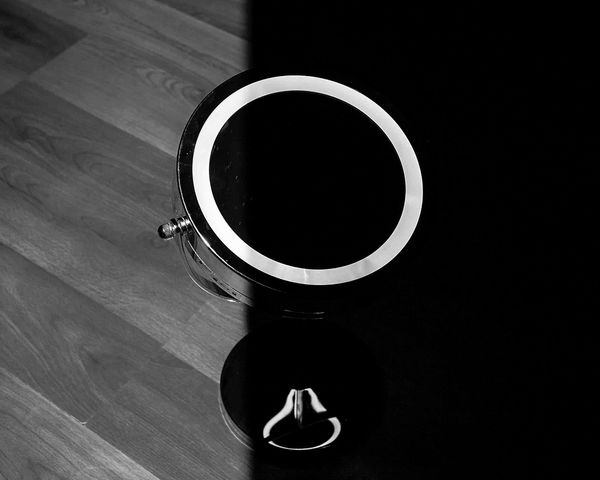
Barnabás Neogrády-Kiss wins Capa Grand Prize 2020
